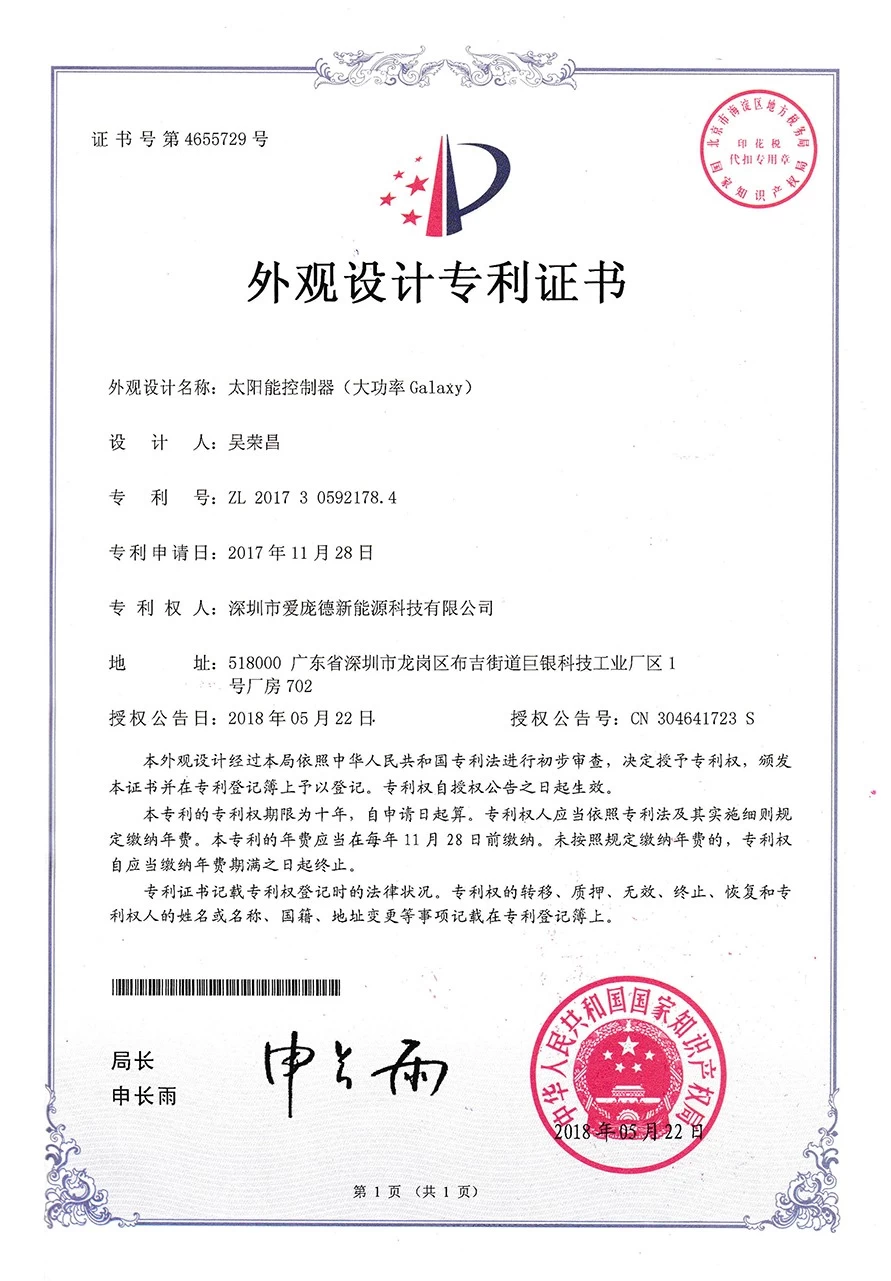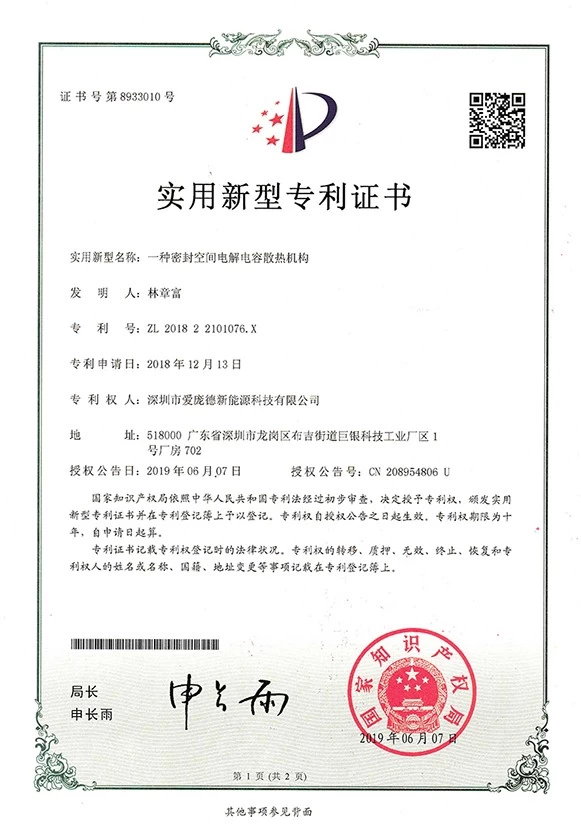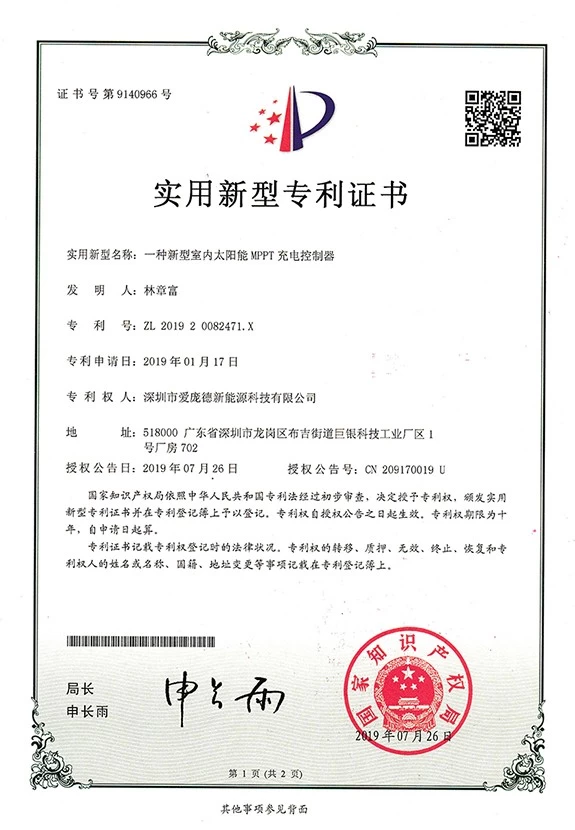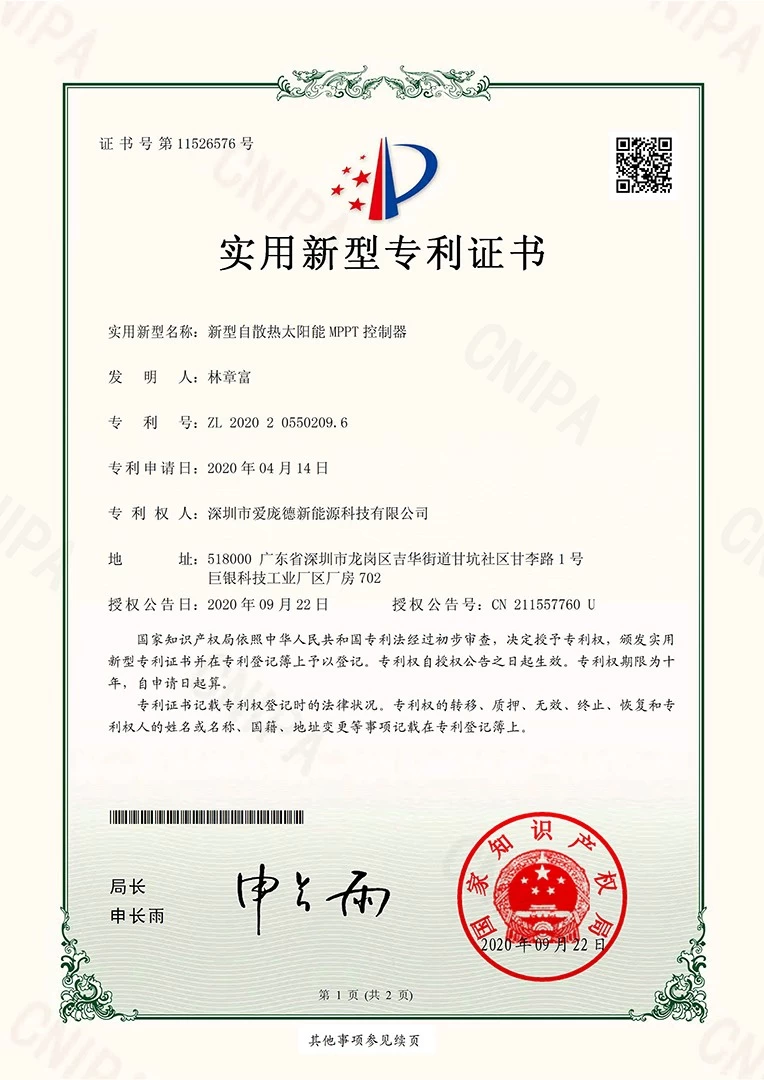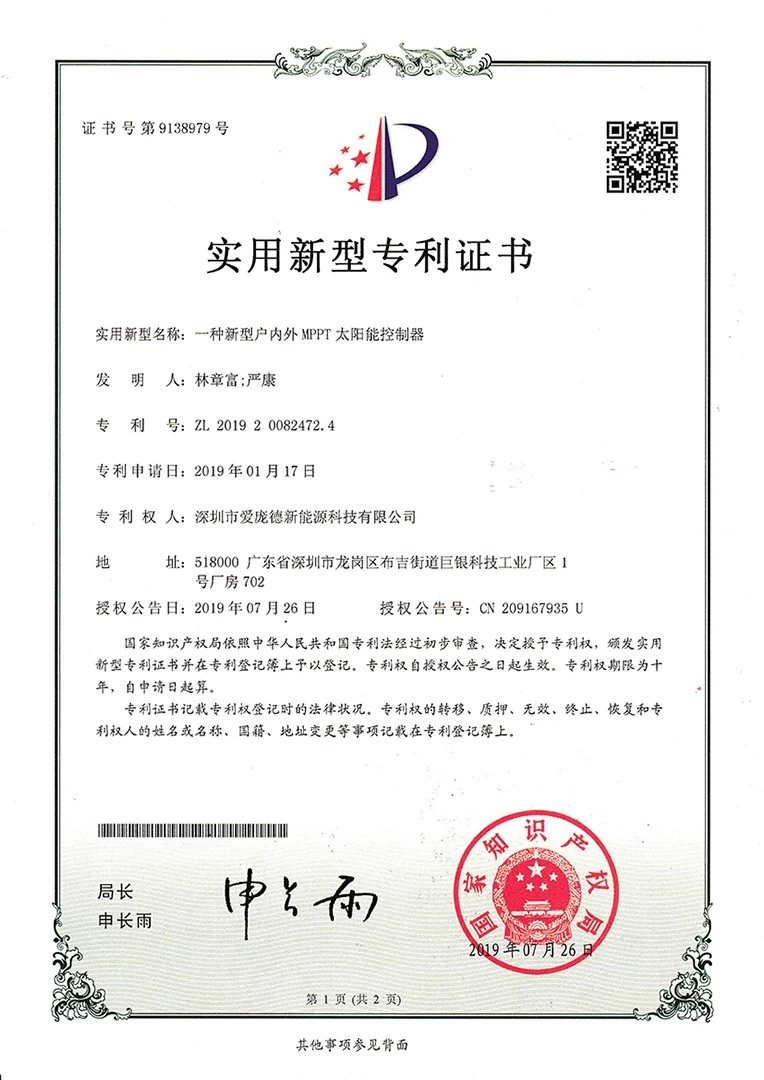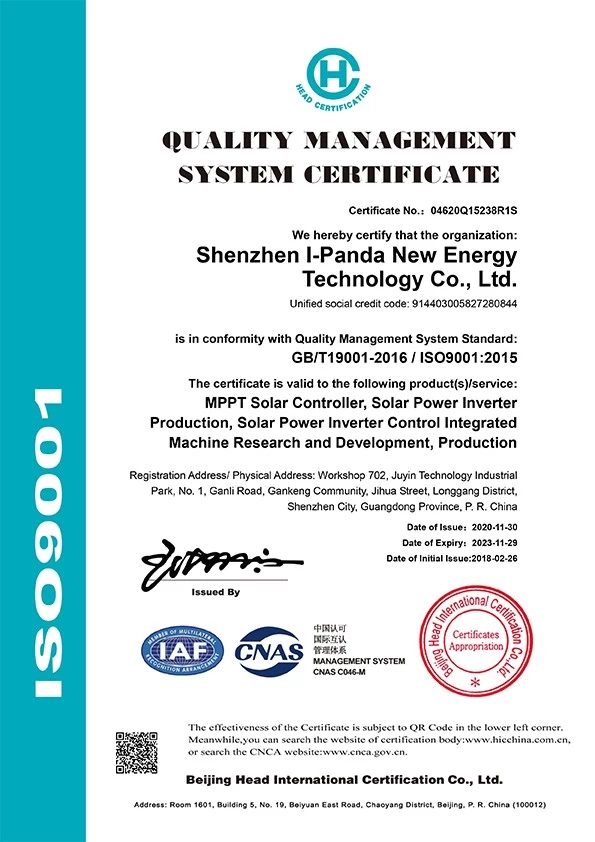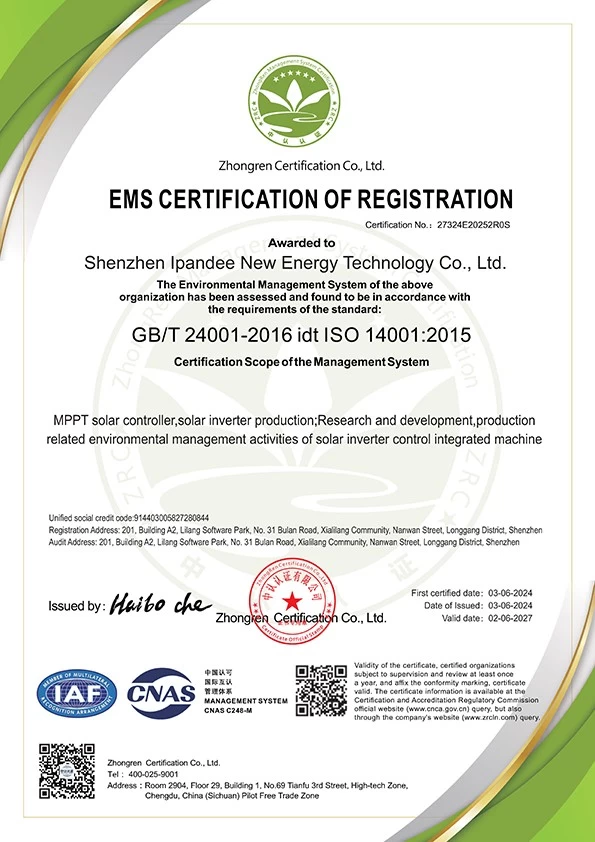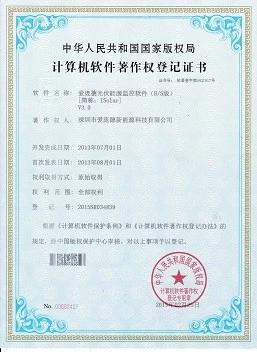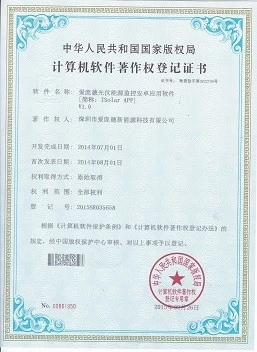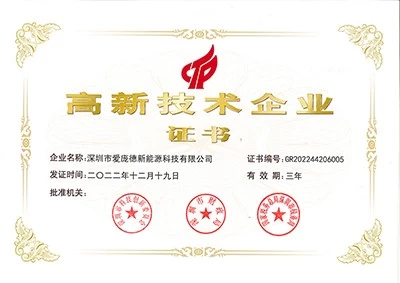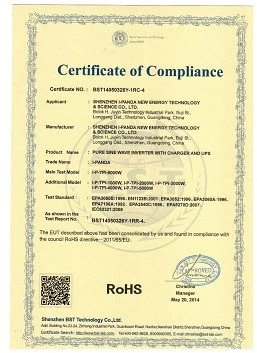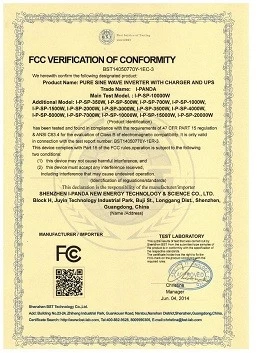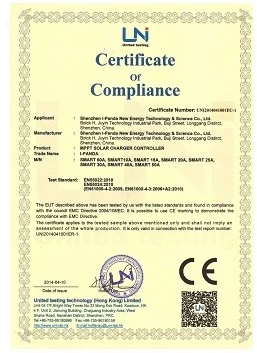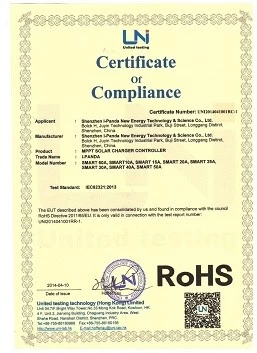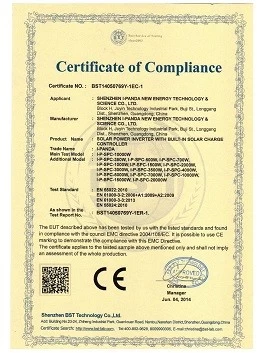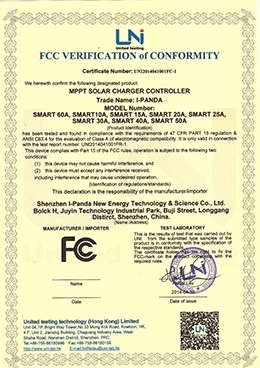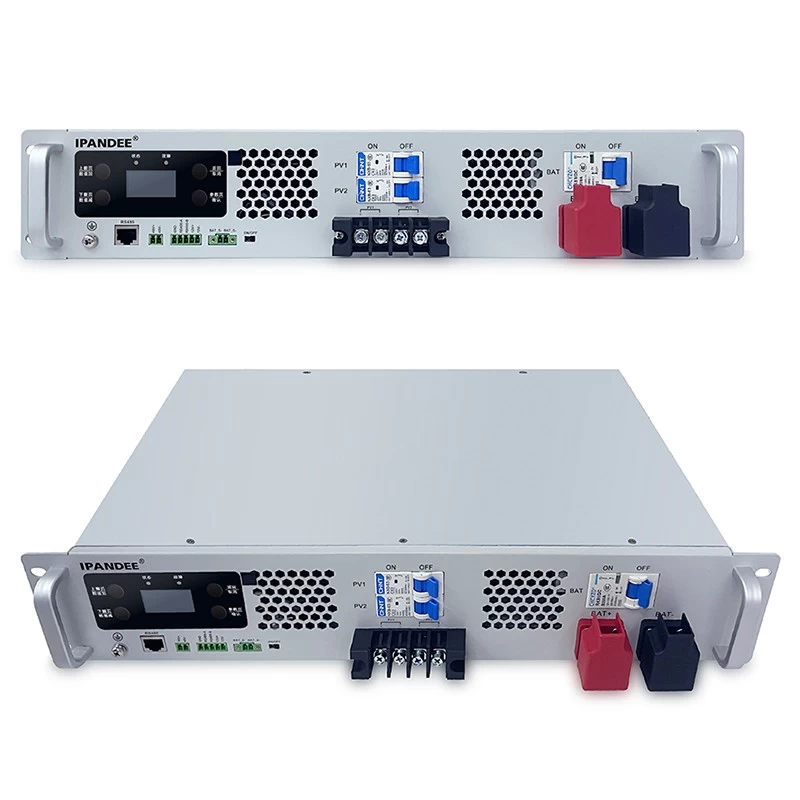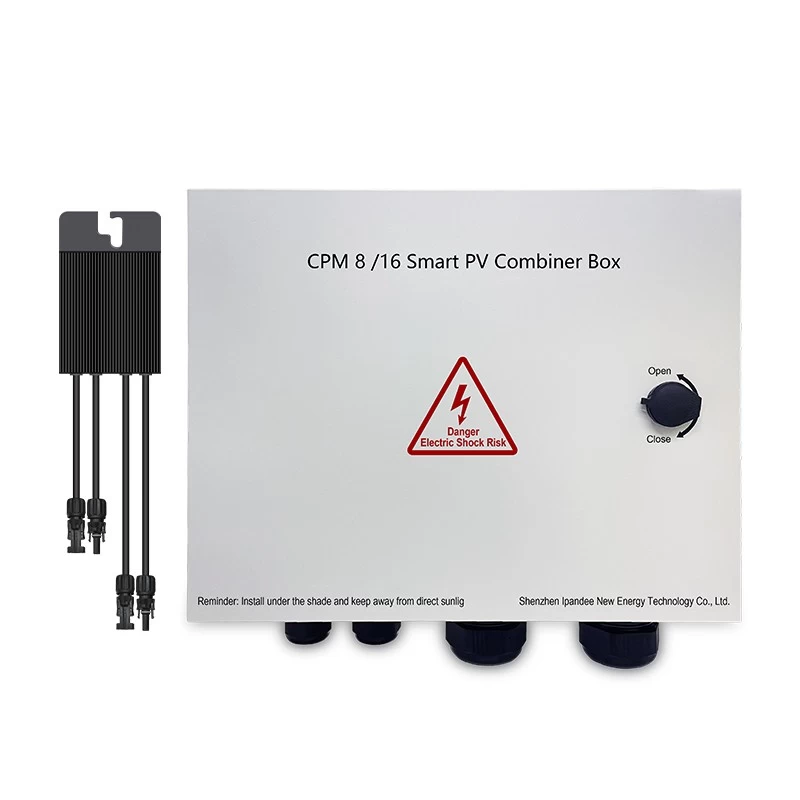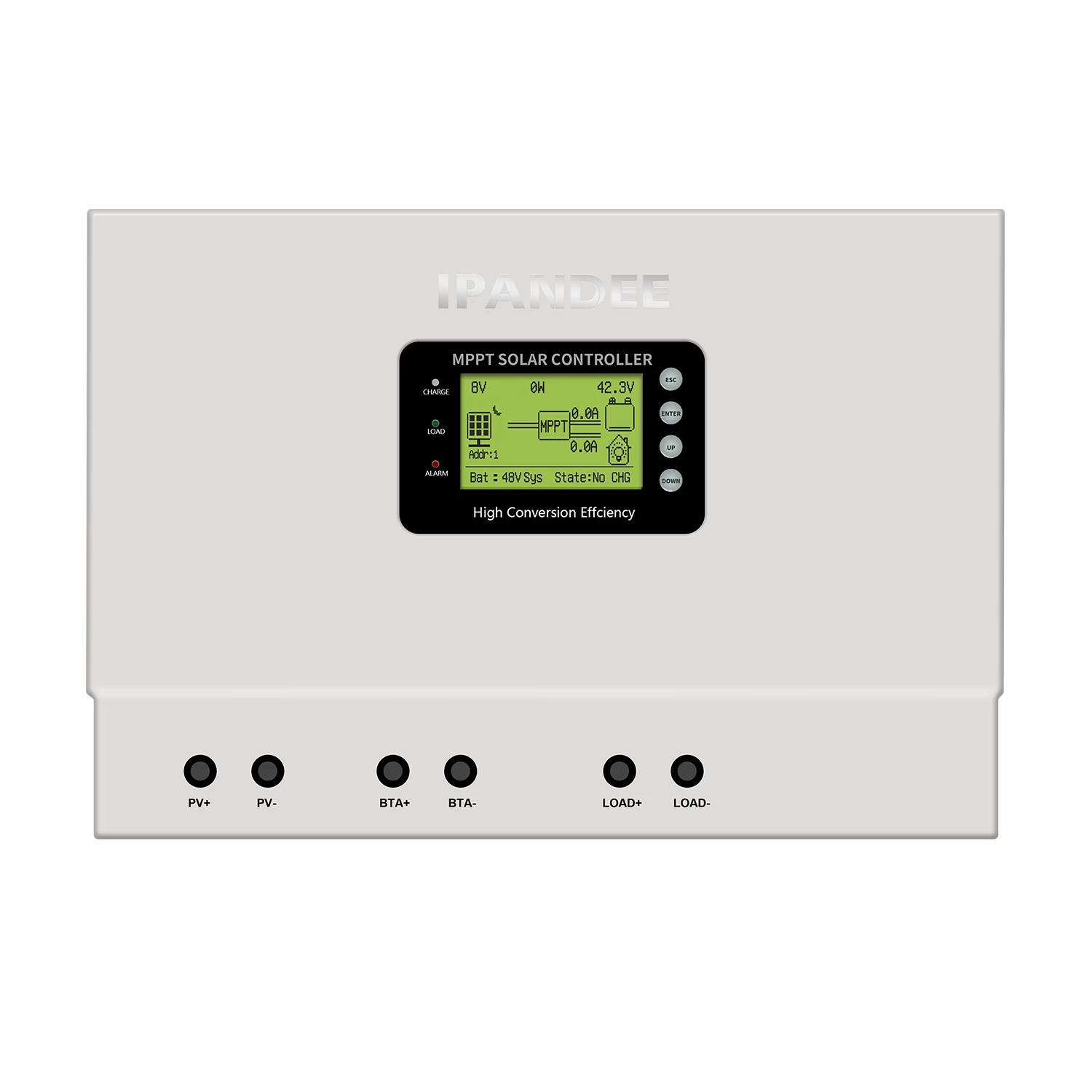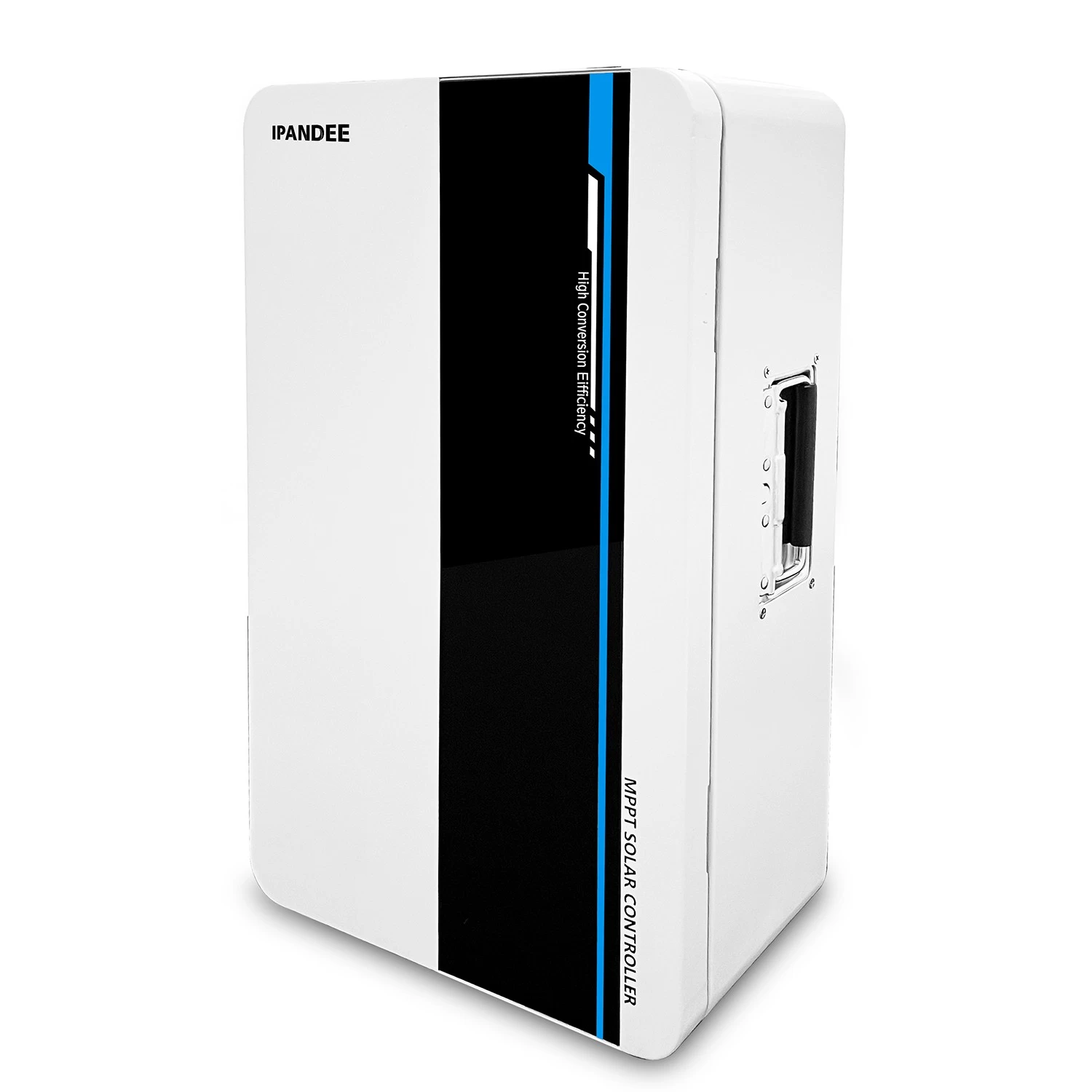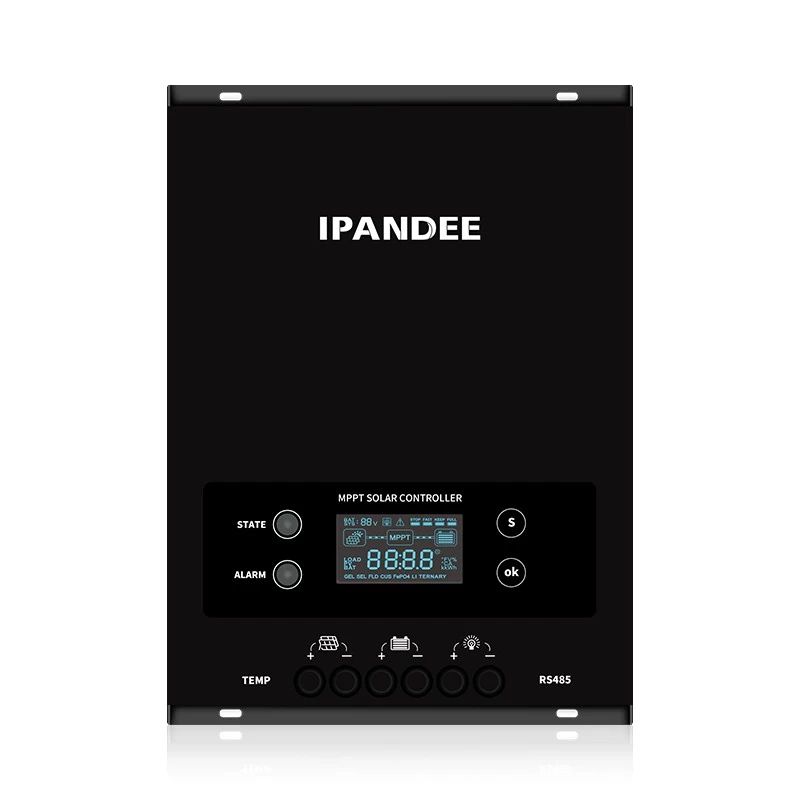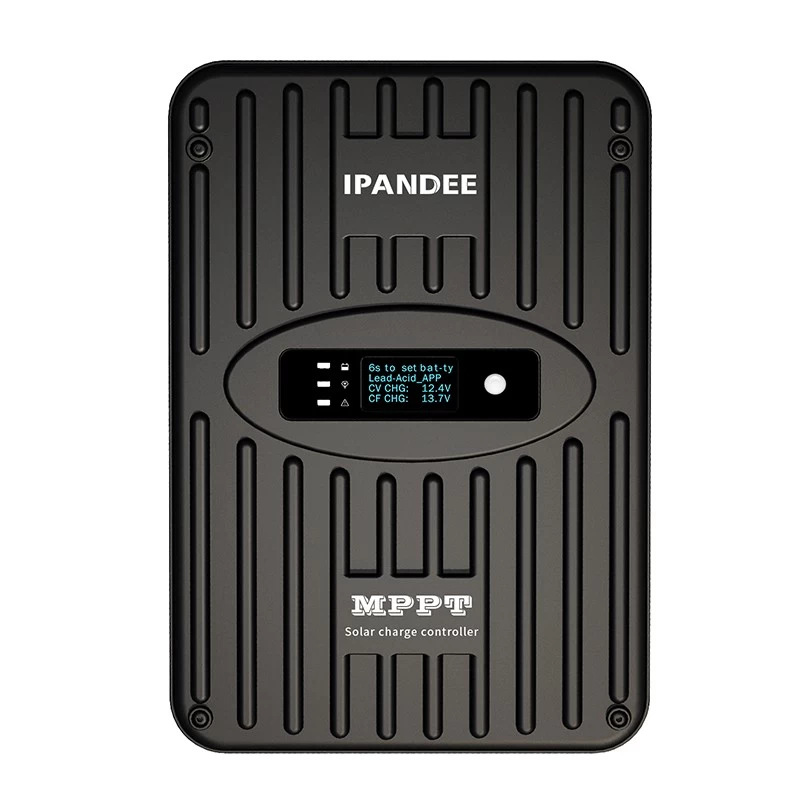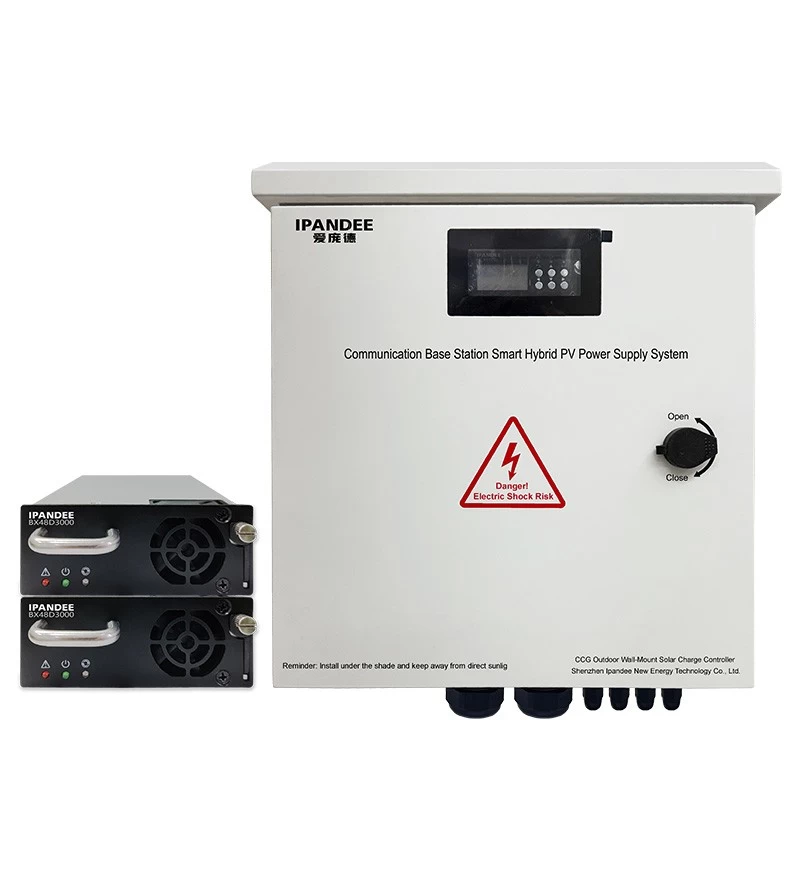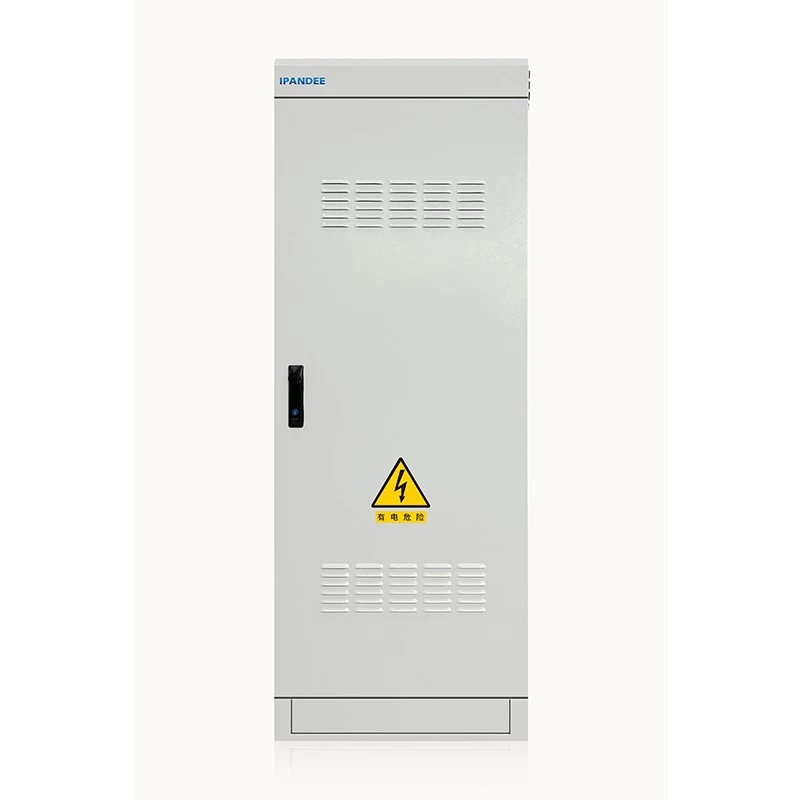The principle of MPPT
I-PANDA
I-PANDA
2018-12-19 09:17:38
To charge the battery, the output voltage of the solar panel must be higher than the current voltage of the battery. If the voltage of the solar panel is lower than the voltage of the battery, the output current will be close to zero. Therefore, for safety reasons, the solar panel has a peak voltage (Vpp) of about 17V when it is manufactured, which is set at a standard temperature of 25 °C. When the weather is very hot, the peak voltage Vpp of the solar panel will drop to about 15V, but in cold weather, the peak voltage Vpp of the solar energy can reach 18V.
The traditional solar charging electric controller is a bit like a manual gearbox. When the engine speed increases, if the gear position of the gearbox does not increase correspondingly, it will inevitably affect the speed. However, for the traditional controller, the charging parameters are set before leaving the factory, that is, the MPPT controller will immediately track the maximum power point in the solar panel to exert the maximum efficiency of the solar panel. The higher the voltage, the more power can be output through the maximum power tracking, thus improving the charging efficiency. In theory, the solar power system using the MPPT controller will increase the efficiency by 50% compared with the traditional one. However, according to our actual test, the final efficiency can be increased by 20%-30% due to the surrounding environment and various energy losses. . In this sense, the MPPT solar charging controller is bound to eventually replace the traditional solar controller.
The traditional solar charging electric controller is a bit like a manual gearbox. When the engine speed increases, if the gear position of the gearbox does not increase correspondingly, it will inevitably affect the speed. However, for the traditional controller, the charging parameters are set before leaving the factory, that is, the MPPT controller will immediately track the maximum power point in the solar panel to exert the maximum efficiency of the solar panel. The higher the voltage, the more power can be output through the maximum power tracking, thus improving the charging efficiency. In theory, the solar power system using the MPPT controller will increase the efficiency by 50% compared with the traditional one. However, according to our actual test, the final efficiency can be increased by 20%-30% due to the surrounding environment and various energy losses. . In this sense, the MPPT solar charging controller is bound to eventually replace the traditional solar controller.





